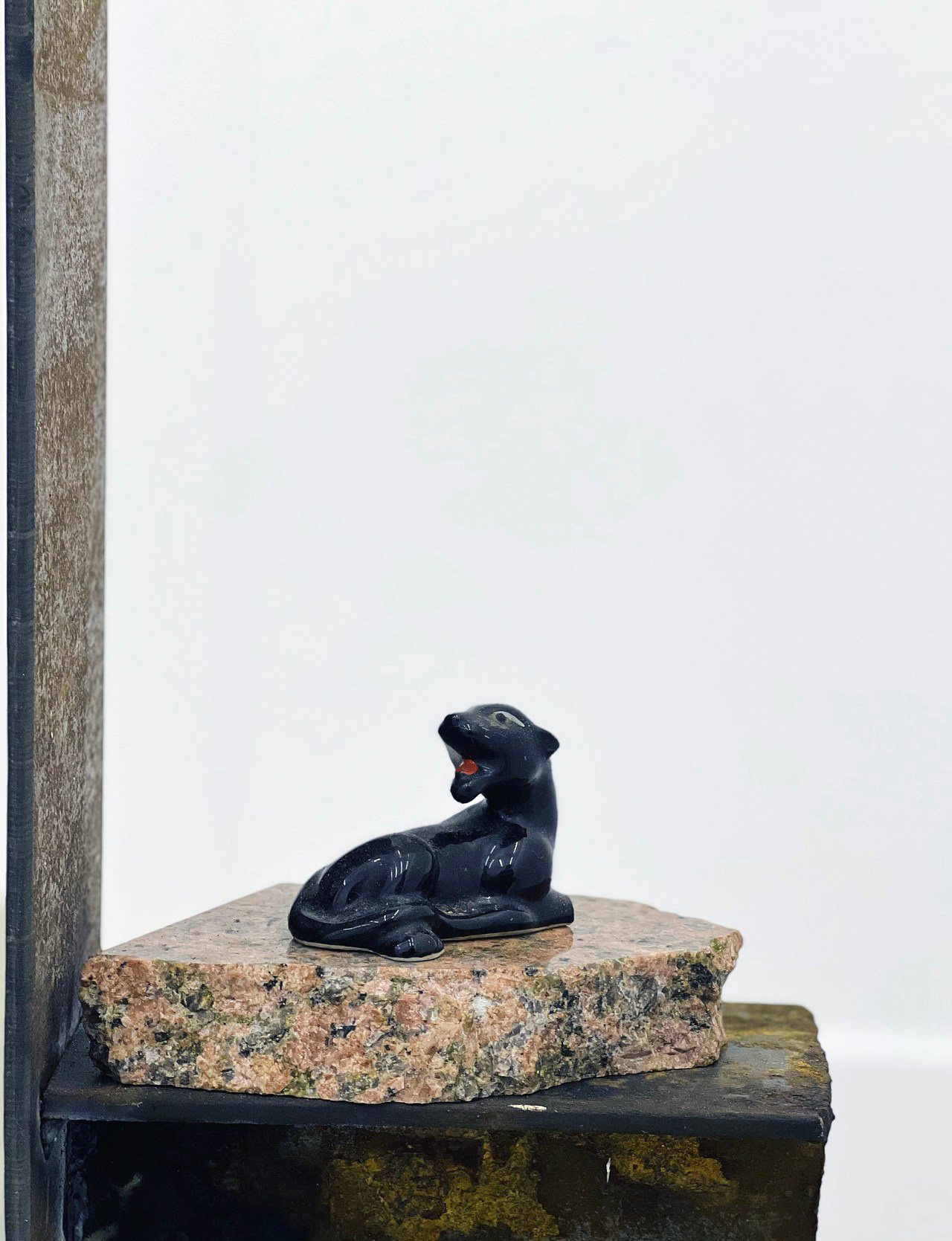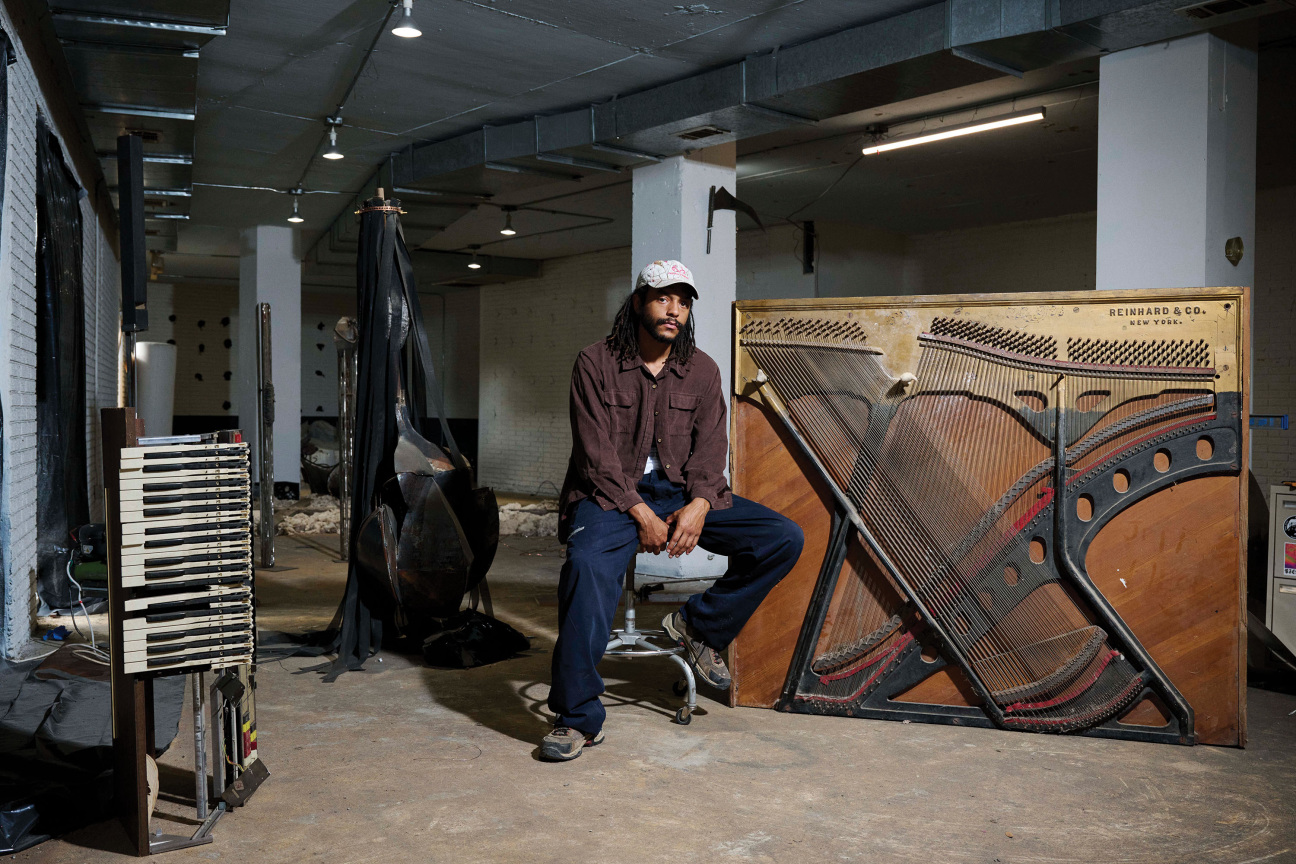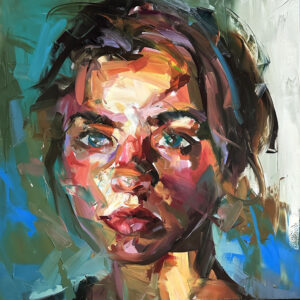
“It's kind of hard for me to even call myself a visual artist,” confesses Oshay Green over Zoom. “It’s a bit intimidating to me in a way … There’s an intention, and there’s a responsibility, to being one.”
It’s not surprising that Green, who is based in Dallas, struggles with the moniker. The show notes for “This whole time I’ve been seeing the same shit I had seen in my dreams,” the artist’s solo show at Blinkers in Winnipeg, Canada, last year, highlight his self-taught bonafides and his origins as a welder and sound designer.

At 29, Green has been making music much longer than visual art—the materiality of sound gives him a language for his three-dimensional work. The term “artist” only became relevant to him in 2018, when he started tinkering with metal, pallets, wood, and steel in a painter friend’s Dallas studio. Green simply thought, Why not?
His oblique relationship to the artist label is mirrored in his installations: assemblages composed of found materials that have not quite transcended their prior status as debris, the uncanny trace of their past lives an aura that hovers around them.

Green uses materials such as concrete, ink, rope, obsidian, and charcoal to render industrial prisms through which the mythology of capitalism, decay, and mortality are refracted. Even the artist’s influences form a kind of layered collage—splashes of Madlib and J Dilla with a touch of Nam June Paik.
When I ask him why he makes work, Green mentions survival. “I’m working out of necessity. I’m trying to create some sort of liberation—I’m not talking about freeing the fucking world or anything,” he muses. “I am just looking for the key that opens a door to something else.”
For more about CULTURED's 2023 Young Artists, read our features with Adraint Khadafhi Bereal, Emma Stern, and Jo Messer.










 in your life?
in your life?

